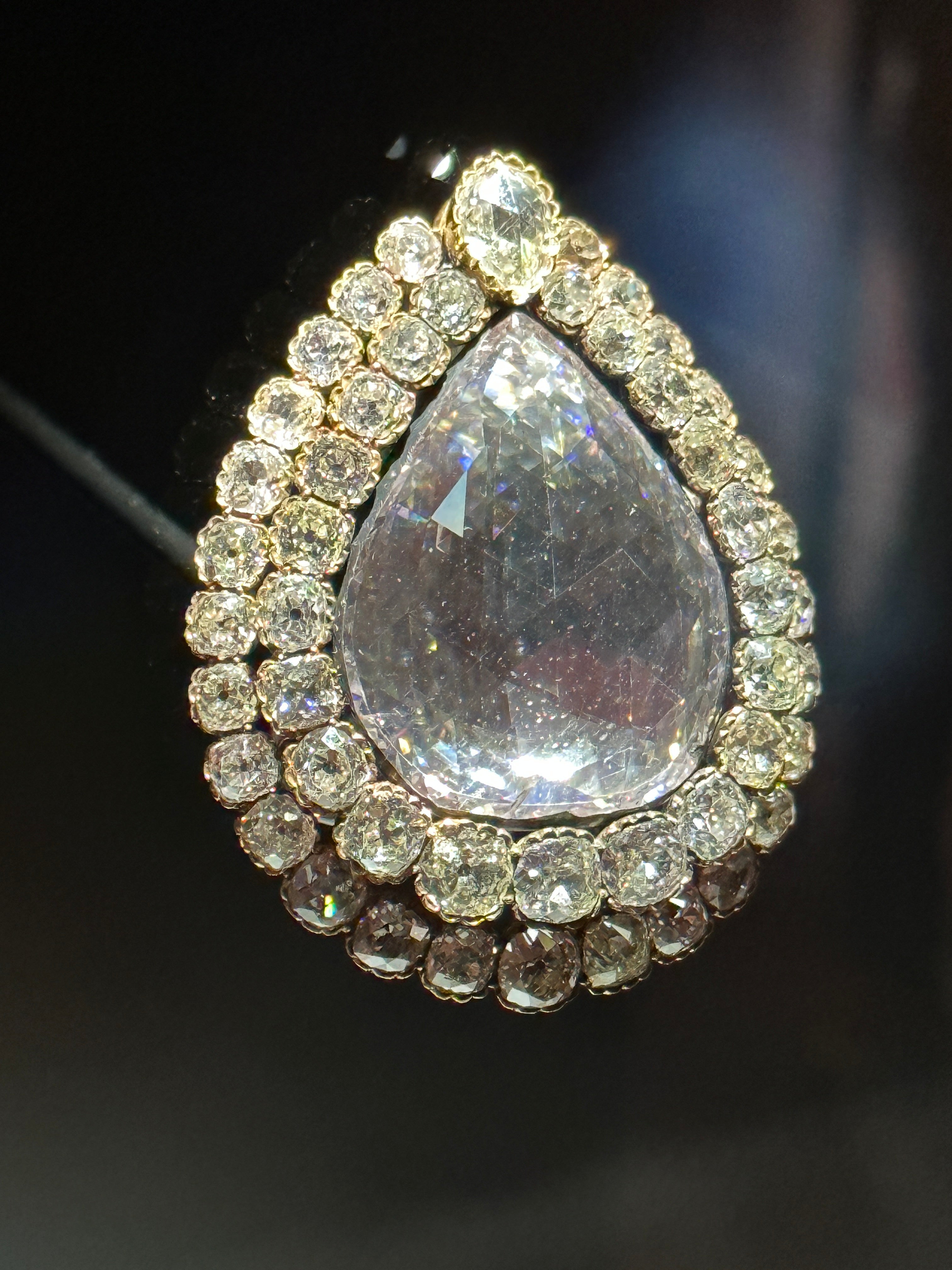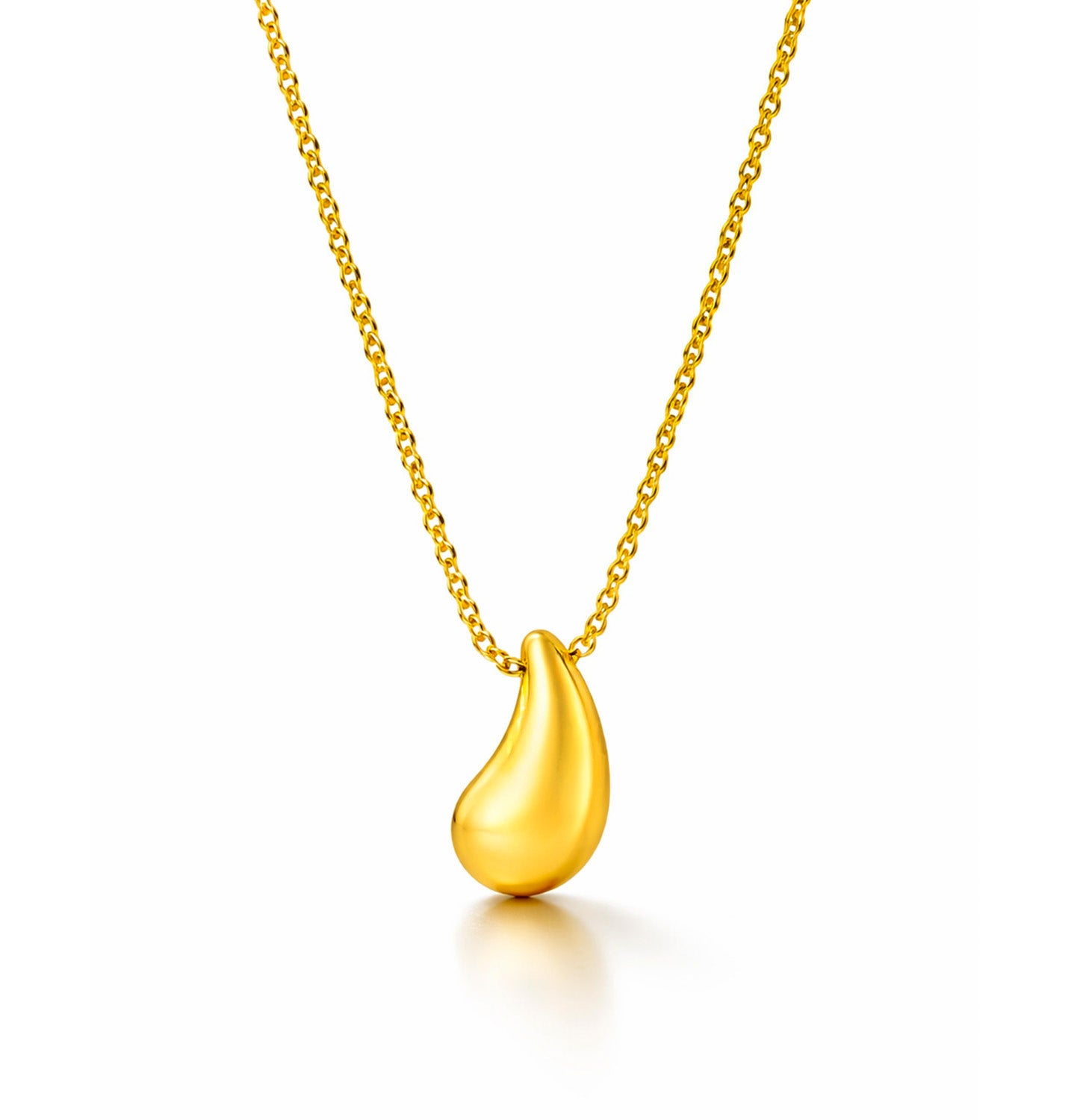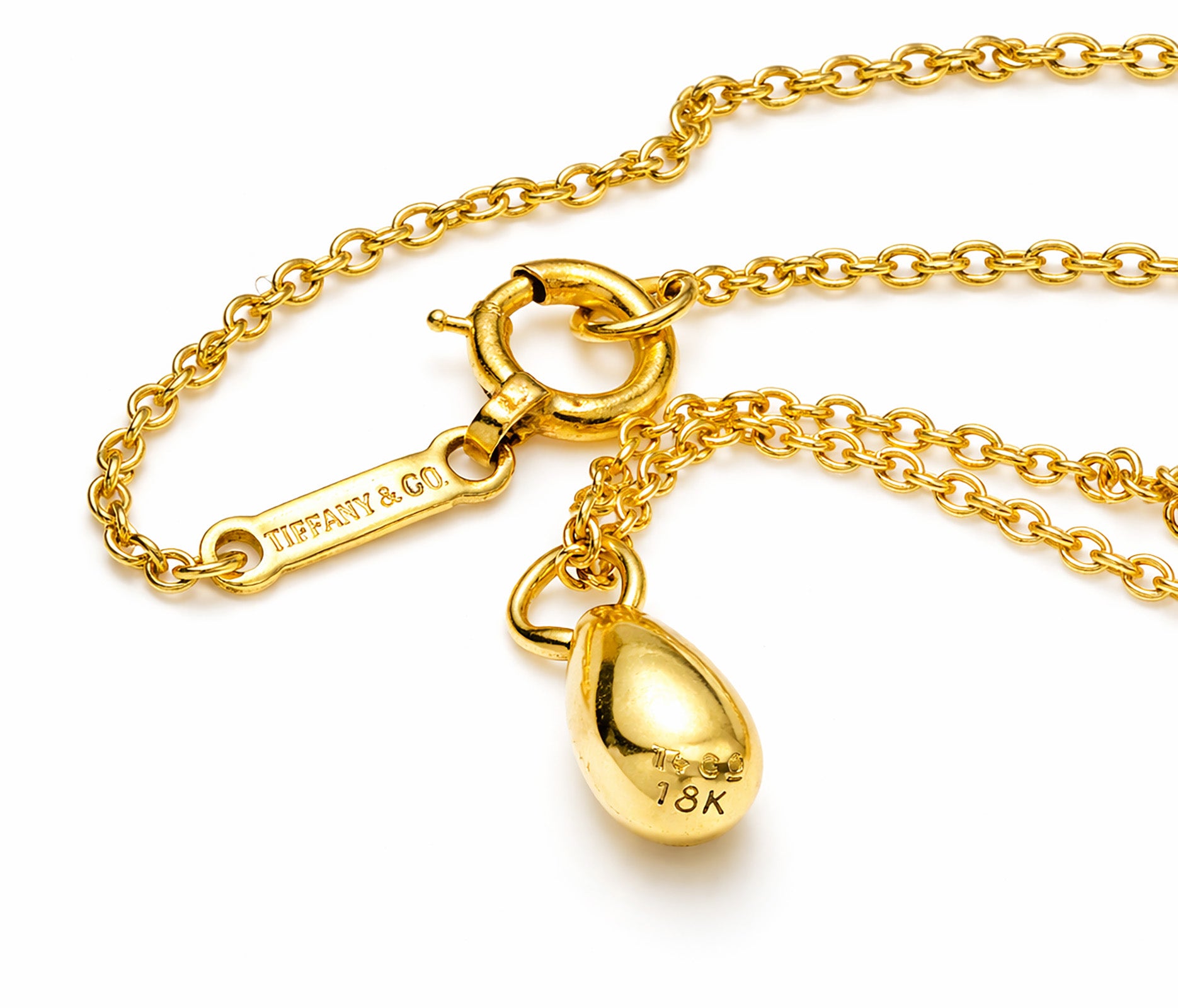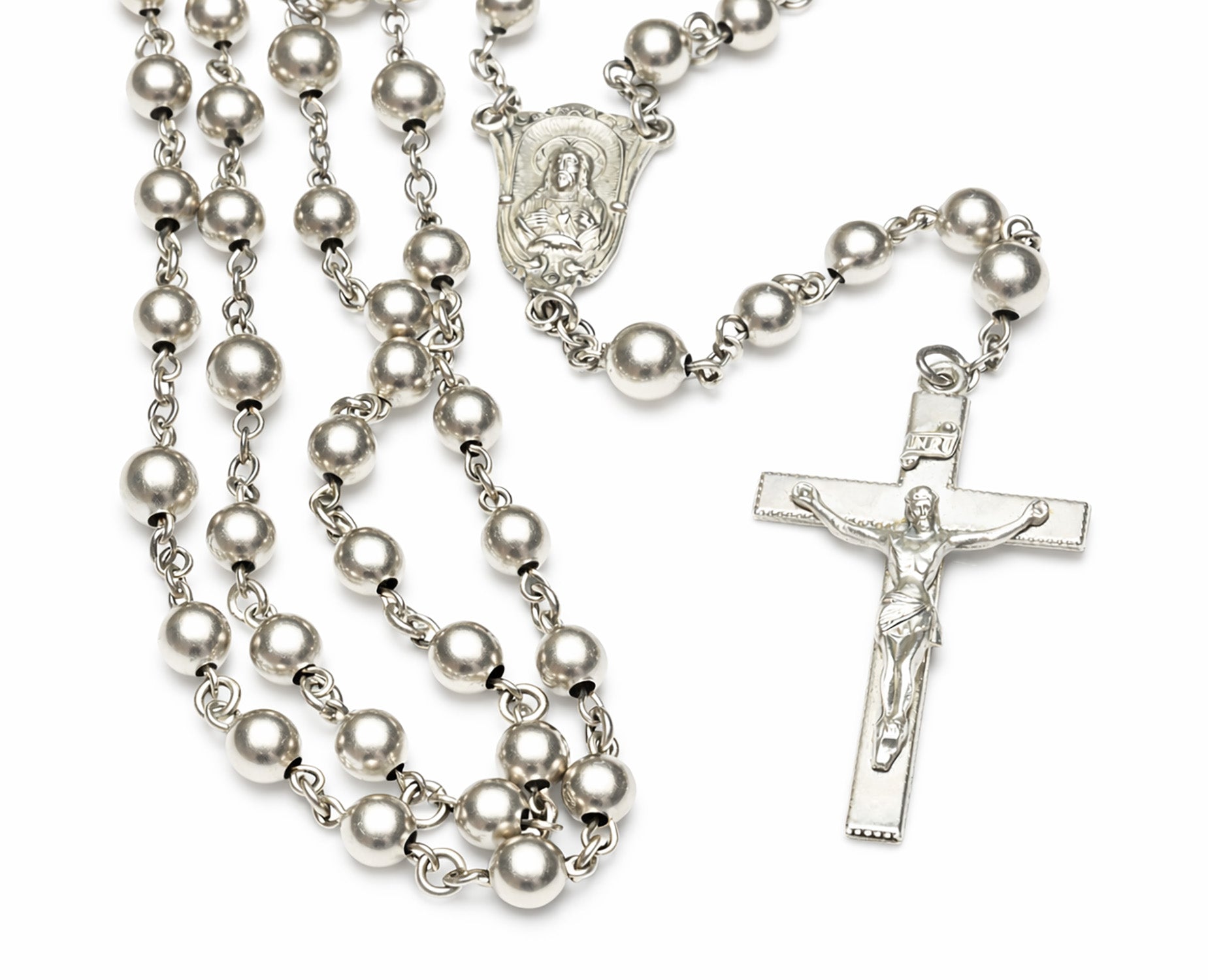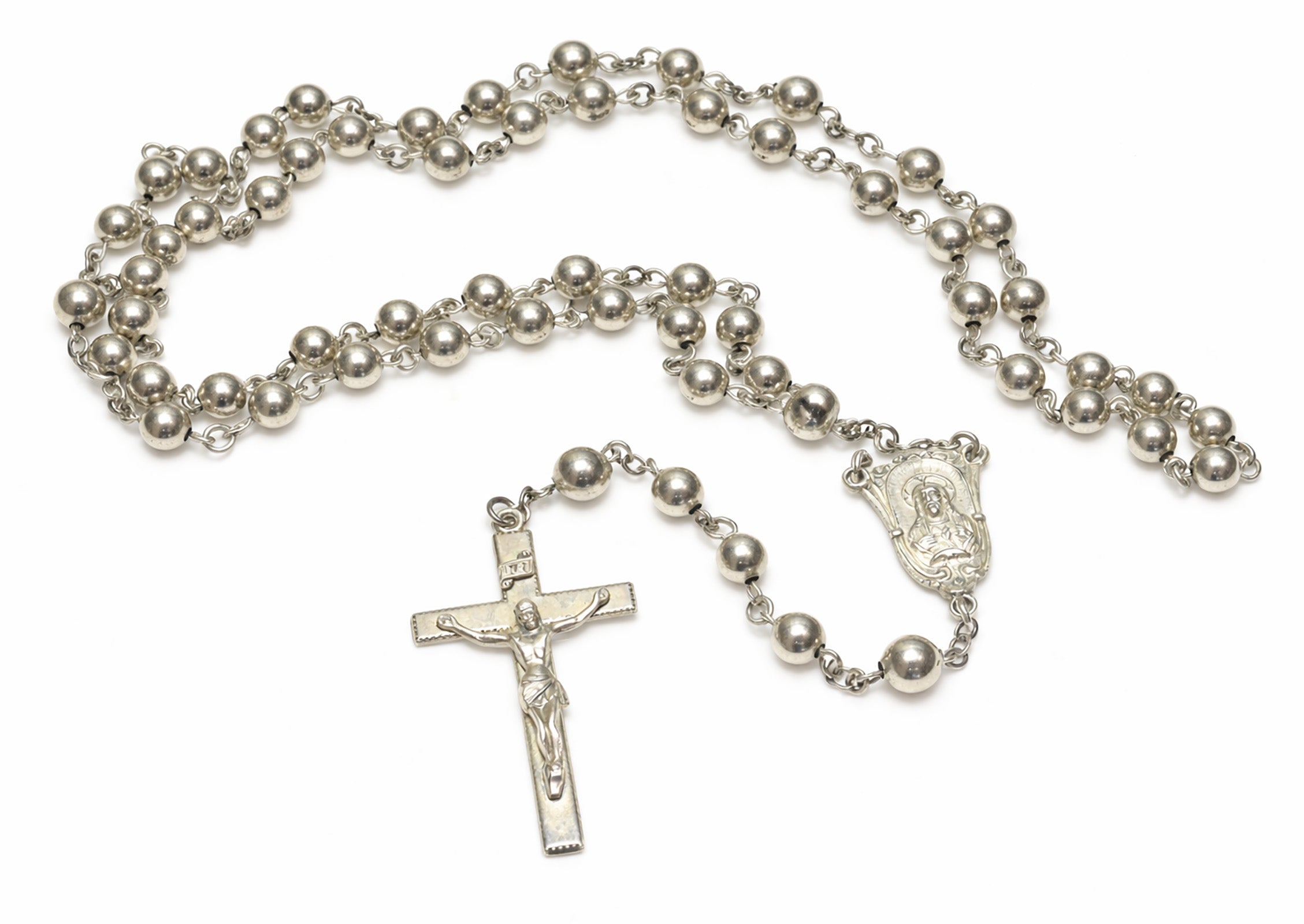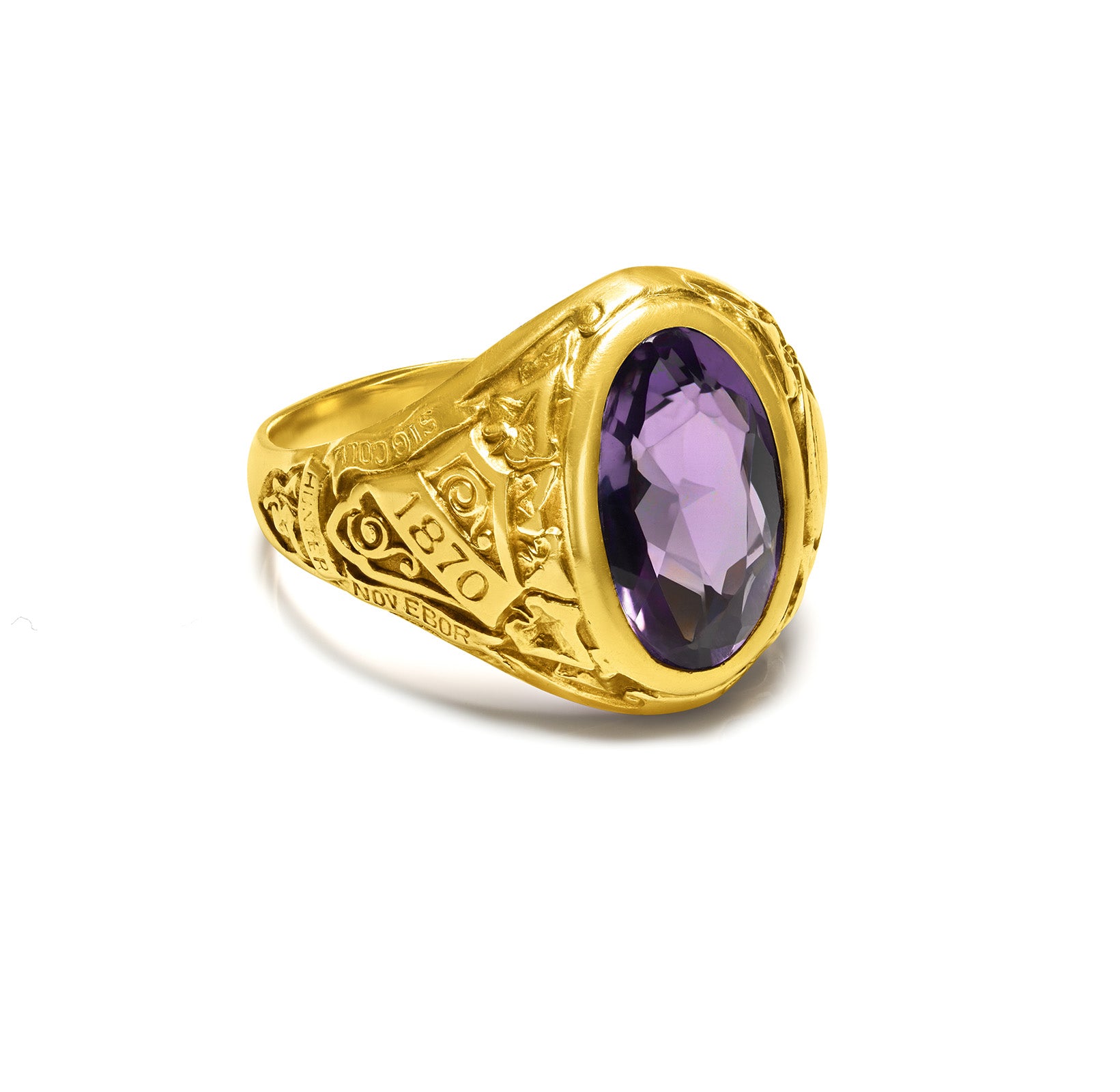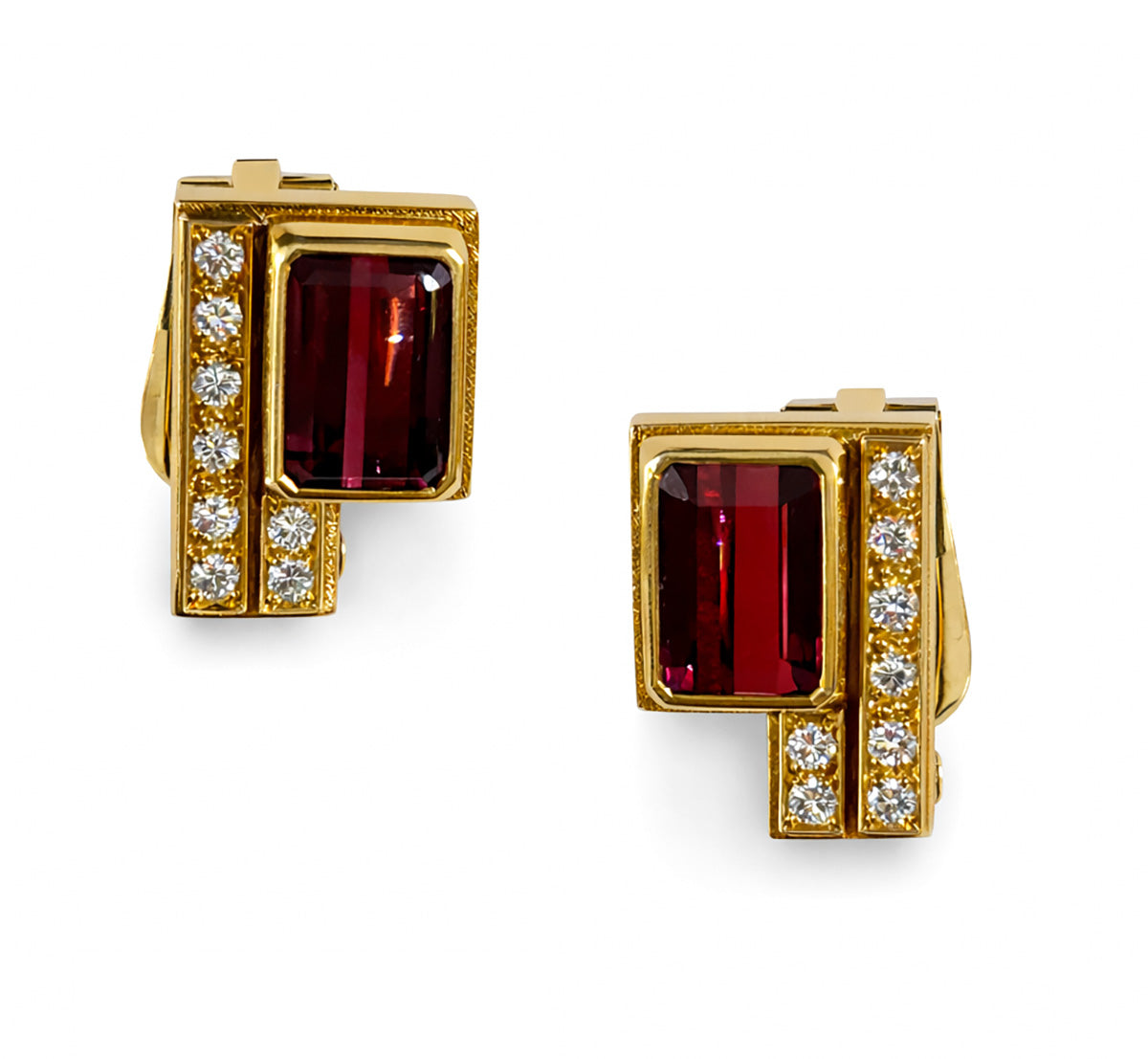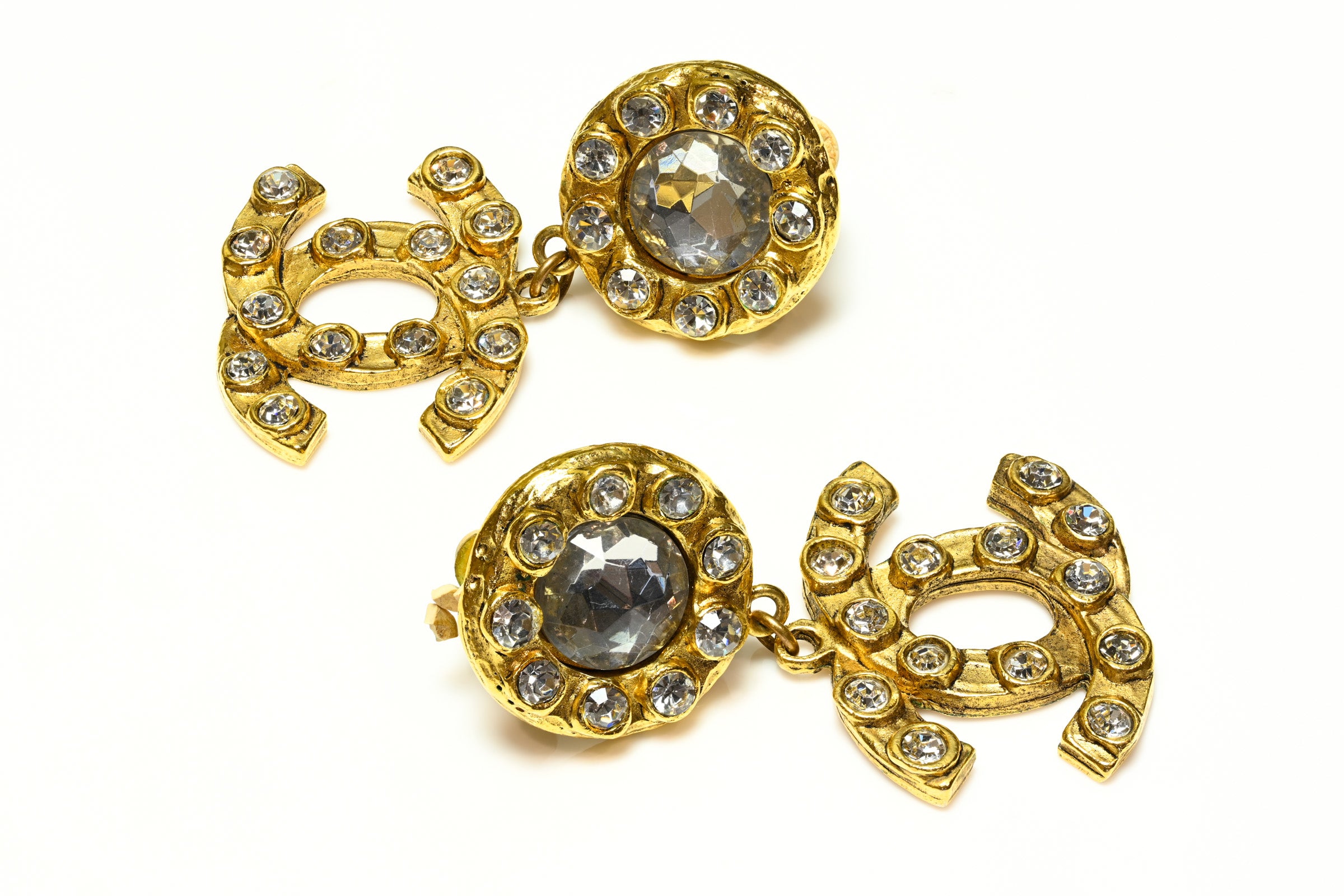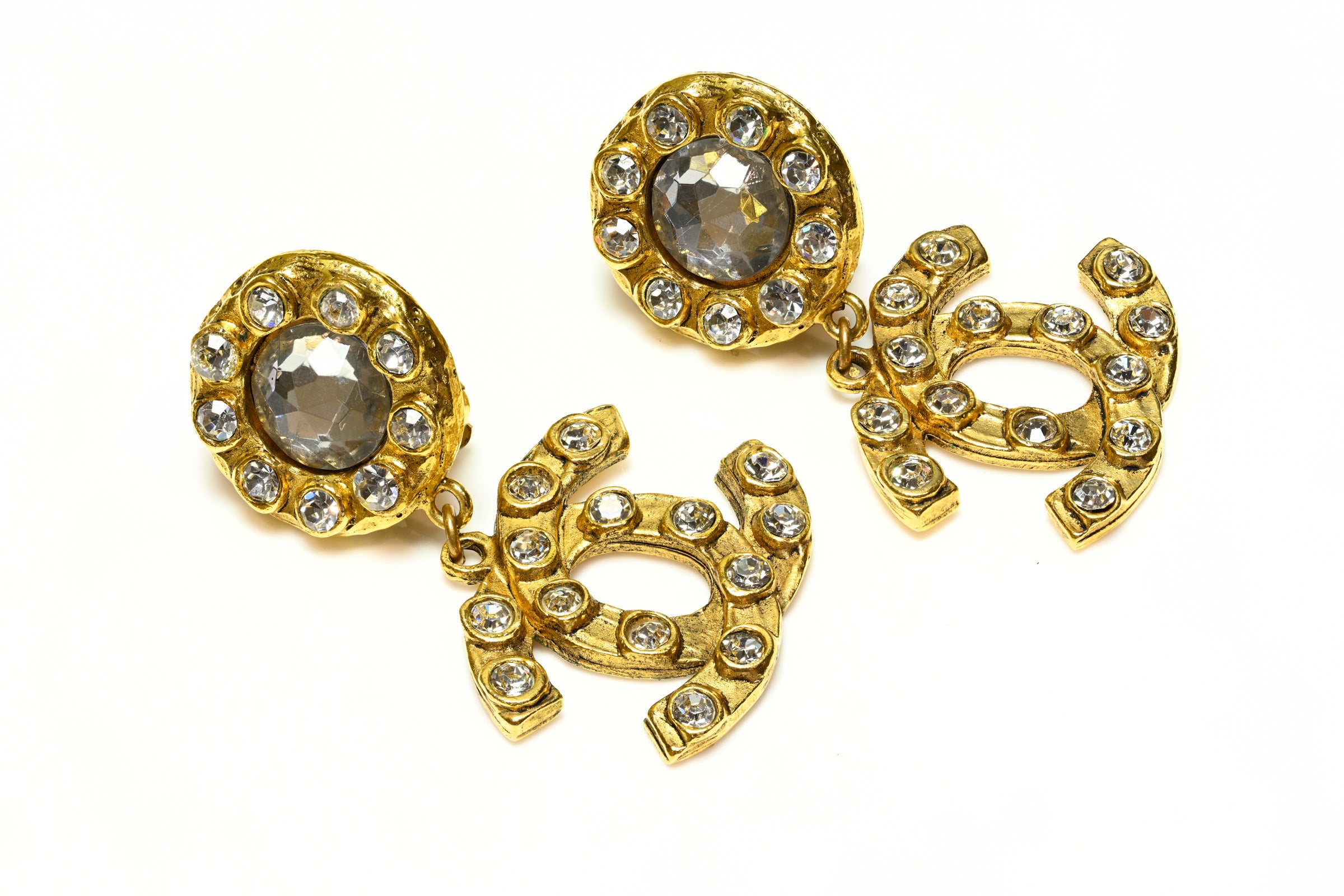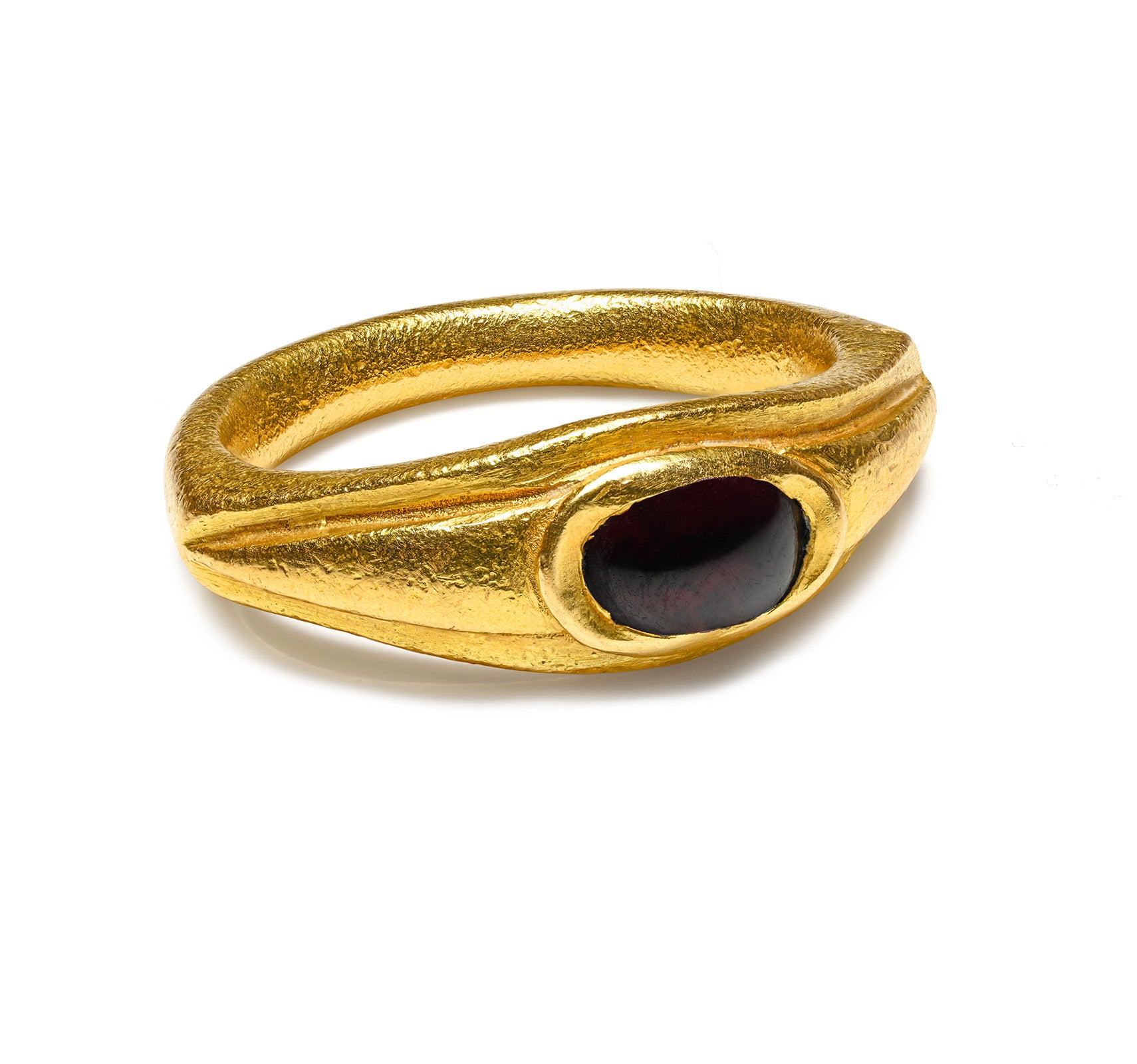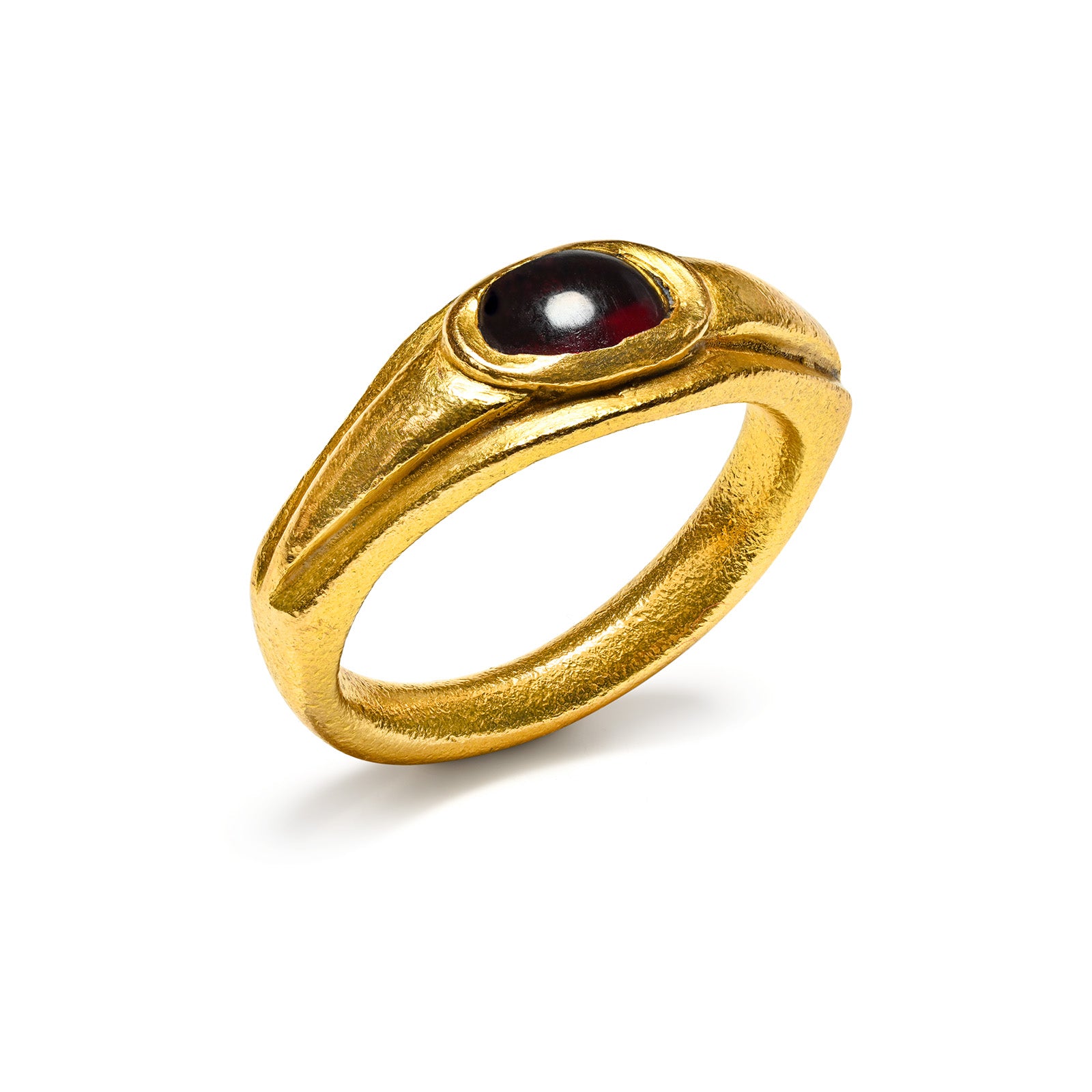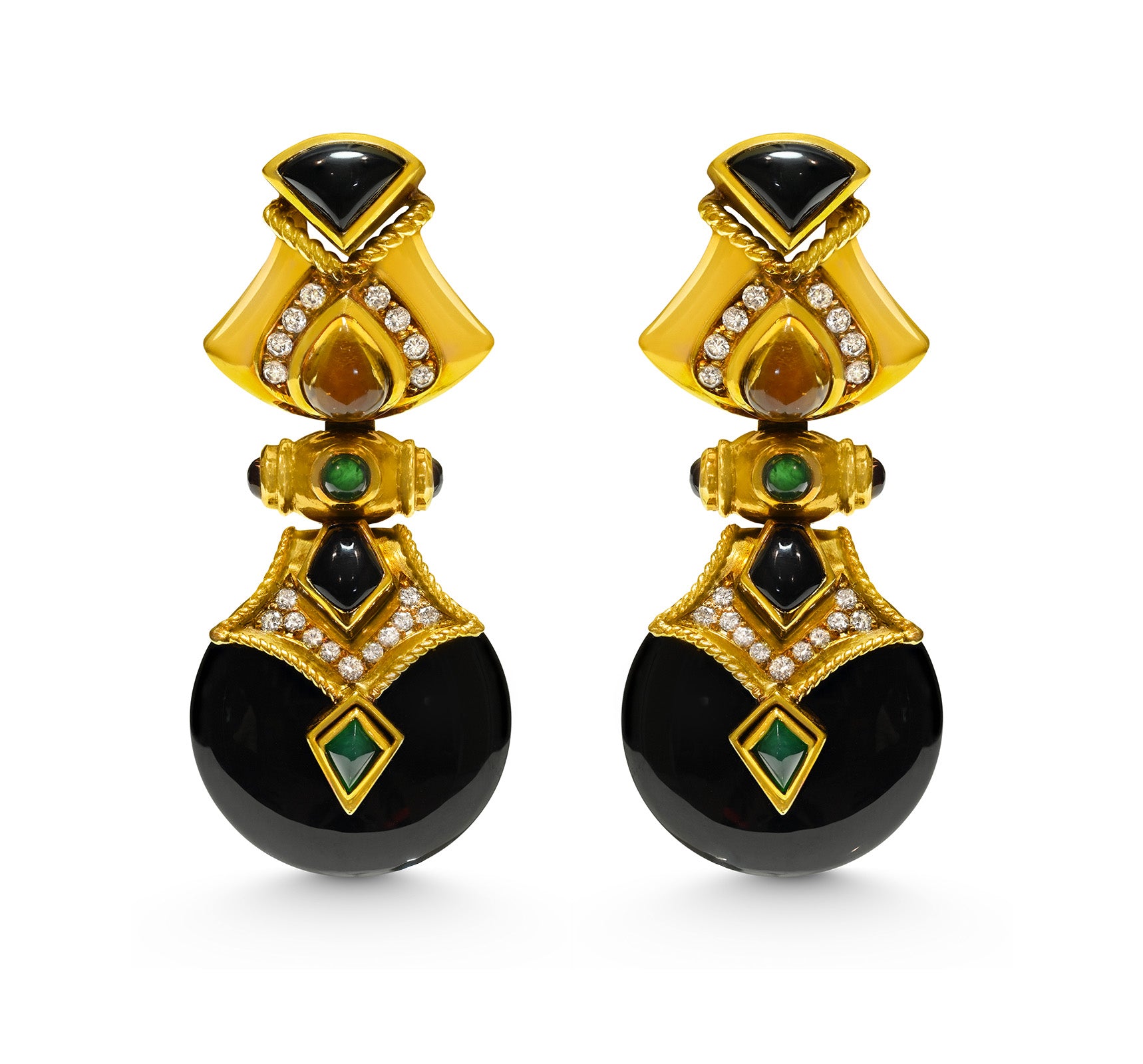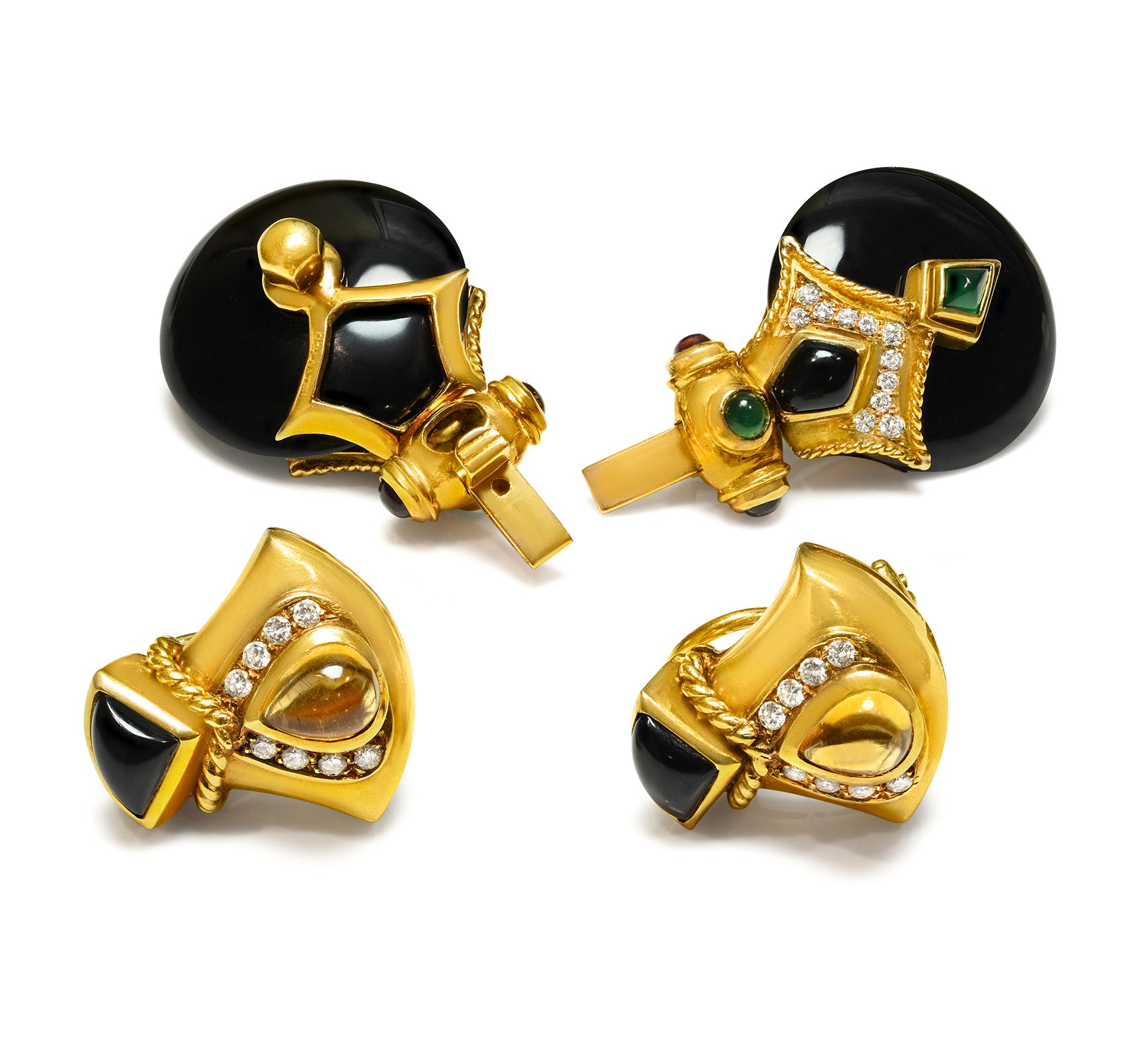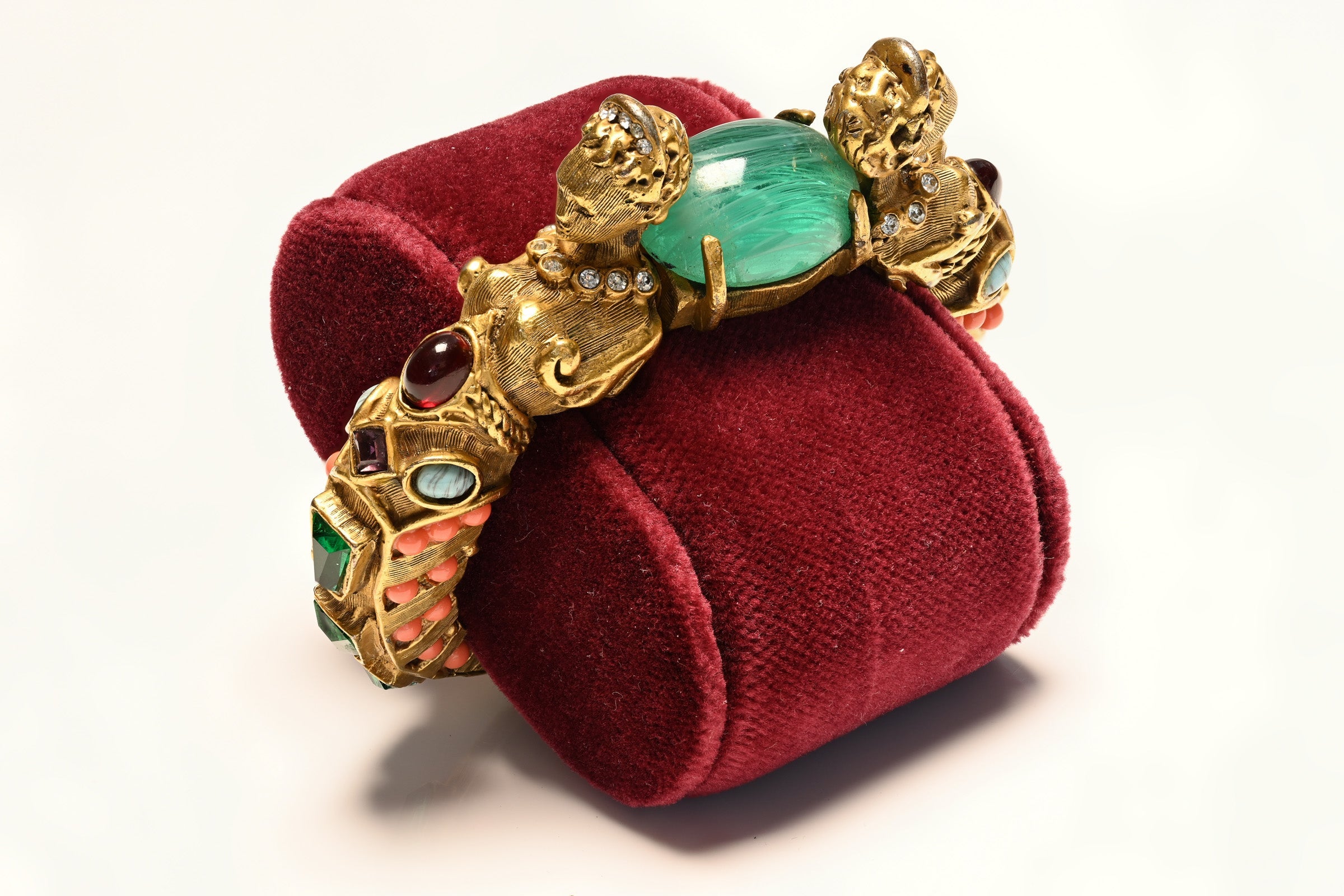
Renaissance Jewelry: Symbols of Wealth, Power & Artistic Glory
The Renaissance (14th–17th centuries) marked a profound cultural rebirth across Europe. In this era of revival and innovation, jewelry emerged not only as a decorative art but also as a potent symbol of power, prestige, and personal identity.
A jewel is far more than a mere ornament. It carries magical, religious, and social meaning, evolving into an essential component of attire and a key feature in both public and ceremonial life.
From primitive bone amulets and painted bodies to modern haute joaillerie, adornment has always communicated status and belief—but jewels, by their very nature, are made from the most precious materials available and therefore carry the highest symbolic weight.
As Jean Lanllier noted in her study Five Centuries of Jewelry in the West, wearing gems and pearls communicates more than wealth—it declares privilege and protection, once reserved for the noble classes. The evolution of personal ornamentation mirrors broader changes in society and governance.
Thus, the history of jewelry is not only part of art history, but is also deeply intertwined with the political, economic, and social narratives of Europe.
Renaissance Jewelry as Art and Armor
While jewelry’s essential functions—status, beauty, identity—remained unchanged, the Renaissance brought new clarity to these roles. The period’s influx of gold and gemstones, along with advancements in craftsmanship, elevated jewelry into a true form of high art.
Lavish Renaissance portraits portray rulers, aristocrats, and warriors draped in sumptuous displays of wealth. Fingers were stacked with rings, necks adorned with thick gold chains, and garments heavily embellished with gems and pearls—creating a visual effect akin to jeweled armor.
Wearing precious stones signified both social privilege and elite protection. Jewelry was a mirror of the times, echoing shifting power structures, evolving fashions, and expanding trade. As artisans refined their techniques, the aesthetic and symbolic power of Renaissance jewelry reached new heights.

Portraits of Sir Cristopher Hatton, National Gallery London and Infanta Isabela, Biblioteque Nationale Paris
Ornament and Order: The Rise of Symbolic Insignia
During the Renaissance, insignia such as the Orders of the Golden Fleece or Malta blended ornamental design with explicit political and religious symbolism. These jeweled emblems signified not just status, but also allegiance and honor.
As wealth gradually extended beyond the aristocracy, the bourgeoisie began to imitate noble styles—sometimes with real gems, sometimes with clever reproductions. Despite sumptuary laws limiting access to specific materials or designs, the desire to appear noble became widespread across social classes.

Sir Henry Sidney - National Gallery London
The Renaissance: An Era When Jewelry Flourished
During the Renaissance, jewelry took on an unprecedented level of personal significance. No longer simply indicators of collective identity or affiliation, jewels began to express individual personality and style.
Talismans and relics containing human elements, like hair or teeth, gradually fell out of favor, replaced by creations valued primarily for their rarity, exceptional craftsmanship, and symbolic meaning.
Pendants became particularly prominent during this period. Although the pendant as a form was not new—reliquary pendants had existed long before—Renaissance jewelers elevated them into sophisticated artworks, incorporating pearls, vibrant enamels, and repurposed materials such as coins.
Each pendant conveyed the wearer's unique identity, often adorned with cryptic symbols, emblems, and personalized motifs. Unfortunately, few of these miniature masterpieces survive intact today. Most gems were removed and settings discarded over time.
Nevertheless, exceptional examples remain preserved in major museums across London, Vienna, Paris, and New York. These surviving artifacts reflect a variety of themes, from religious devotion and classical mythology to whimsical and grotesque subjects, often inspired by ancient sources. Interestingly, the intricate settings themselves frequently exceeded the gemstones' value.
Renaissance artisans favored bold, vibrant color combinations—rich reds, deep blues, and striking oranges—all carefully integrated into elaborate designs. Craftsmanship was paramount, with techniques such as hand-applied enameling highlighting the artistic dedication of the period.
Notably, English creations like brooches, bracelets, and especially ornate hat-bands exemplify this luxurious craftsmanship, often becoming highly valuable collector’s items in their own right. Garments and hairstyles of the Renaissance were specifically designed to highlight jewelry, with pearls and gems seamlessly integrated into clothing rather than serving merely as decorative afterthoughts.
Designs evolved continuously to adapt to changing fashions, producing bold and unexpected combinations that defined the era. In fifteenth-century Europe, the flourishing of jewelry mirrored a newfound wealth and expanding confidence in human creativity. People grew more daring, not only in their outward appearance but also in their intellectual pursuits, transforming jewelry into a reflection of both style and evolving perspectives.
Amid a multitude of common designs, truly exceptional masterpieces emerged, showcasing the genius of individual artists whose contributions sometimes went unrecognized during their lifetimes. These creations continue to inspire modern jewelers and historians alike.
The history of Renaissance jewelry is thus more than a story of wealth and luxury—it is a narrative of artistic innovation and the evolving interplay between tradition and individual expression.
Ultimately, the Renaissance marked a pivotal moment when jewelry became not just a beautiful adornment, but an intellectual and artistic statement—a harmonious union of gold, delicate enamels, brilliant gemstones, and profound personal meaning.
Pendants – Favourite Jewels of the Renaissance
The pendant remained an iconic jewel throughout the Renaissance, crafted in imaginative forms and incorporating even the most unusual materials.
Notable Elizabethan examples, such as the famed Canning Jewel housed at the Victoria and Albert Museum, exemplify this period’s extraordinary creativity. Featuring cameos, intaglios, and intricate workmanship, these pendants combined thoughtful symbolism with exquisite design.
A recurring detail—the trio of pearls at the base—served as both decoration and visual anchor, enhancing balance and highlighting the pendant’s downward flow. This feature exemplifies the Renaissance ideal of merging beauty, meaning, and technical mastery.

Pendant - Victoria and Albert Museum London
Architectural and Symbolic Designs
Many Renaissance pendants were designed as double-framed pieces, frequently flanked by columns and containing sculptural figures.
Italy and Germany produced numerous examples, notable for their architectural inspiration and refined sculptural quality. German craftsmen were particularly renowned for these intricate creations, often enriched with vividly colored enamels.
Meanwhile, French artisans innovated with new forms, introducing pendants shaped like ships and frequently featuring mythological subjects.
English designers favored heart-shaped pendants, while artisans in Spain and Portugal specialized in elaborate cross-shaped designs adorned with diverse motifs.
Some pendants commemorated historical events, such as the capture of a city, naval victories, or royal weddings.
Among the most celebrated examples is the "Armada Jewel", famously gifted by Queen Elizabeth I to Sir Francis Drake. Typically circular, such pendants usually featured engraved stones surrounded by fringes of pearls, and invariably included a suspension loop for wearing on a chain or ribbon.
Tokens of Love and Memory
Double heart-shaped pendants evoked the tradition of romantic tokens, popularized particularly in England.
Another beloved form, persisting well into the nineteenth century, was the locket, typically oval or circular and often bearing portraits or symbolic miniatures. Beneath their precious stones, lockets sometimes concealed two hearts joined by a golden knot.
The reverse side was usually elaborately enamelled, featuring allegorical or symbolic imagery whose meanings could be intricate or obscure. Such pendants functioned as both decorative jewelry and personal amulets, opening to reveal portraits or symbolic inscriptions, reflecting the sentimental character of the era.
England’s Queen Elizabeth I famously enjoyed presenting pendants as personal gifts on various occasions. The most splendid among these was a remarkable gold pendant featuring diamonds, rubies, opals, a cameo, and pearls—given to her as a Christmas gift in 1581.
Pendants shaped as letters, often initials or monograms, were also popular, alongside religious symbols like the IHS monogram, particularly widespread in Denmark.
Earrings and Girdle Pendants
Pendants were not only worn around the neck but also suspended from girdles and even ears. Earrings were especially fashionable in Spain, worn by both men and women. Spanish earrings often featured bold designs decorated with enamel, precious stones (particularly emeralds), or gems intricately engraved.
In Sicily and parts of Italy, men occasionally wore notably large earrings, though smaller, more refined versions became increasingly common throughout Europe by the end of the sixteenth century.
However, despite occasional royal adopters, earrings never fully entered mainstream royal fashion across Europe. Most earrings were gold, seldom adorned extensively with stones. Girdle pendants were equally diverse and elaborate.
Renaissance belts—typically leather covered with velvet—were richly embroidered with gold, silver, and adorned with jewels and pearls. Both the belt buckle and attached pendants were frequently gem-studded.
Moreover, practical objects such as knives, keys, pomanders, scent bottles, prayer books, watches, handkerchiefs, and even spectacles were suspended from these girdles. Each of these items showcased remarkable artistry and meticulous attention to detail.
Bracelets, Brooches, and Rings: Symbols of Elegance and Status
Bracelets, brooches, and rings were ubiquitous during the Renaissance, and bracelet-wearing in particular epitomized the era’s love for ornamentation.
The finest bracelets came from Venice, Milan, and Augsburg. Early designs featured simple bands of gold, occasionally set with gems, but by the sixteenth century, bracelets had evolved into elaborate pieces of symbolic and artistic significance, richly enamelled and set with precious stones.
Rings clearly indicated social status and were typically worn on the right hand—especially on the index finger—while the left hand was reserved for tokens of love or friendship. Jewelers enhanced the brilliance of gemstones by inserting colored foil beneath them.
Although most rings followed Renaissance ornamental standards, occasionally artisans produced pieces of astonishing naturalistic detail. Rings adorned every finger, even thumbs. Except for the signet ring worn typically on the left hand, the right hand often displayed smaller enamelled rings, some featuring rotatable gemstones.
Ring designs varied widely, encompassing simple bands of gold, silver, or copper, engraved motifs, rich enamelling, precious stones, pearls, portraits, mottos, and family crests. While rings were universally worn by both genders, bracelets were typically reserved for women—except in Italy, where men occasionally adopted the fashion, even wearing multiple bracelets simultaneously.
These accessories highlighted personal taste, wealth, and social rank, underscoring the broader cultural significance of Renaissance jewelry.
Renaissance Jewelry Across Europe
Italy undeniably served as the epicenter for the flourishing decorative arts of the Renaissance, with Florence and Venice emerging as the most influential and dynamic hubs. Naples and Milan also played notable roles, although Milan initially produced fewer luxury items.
Across Europe, demand soared for lavish jewelry adorned with precious gems and intricate designs, especially to embellish clothing.
While artisans in both Florence and Venice crafted artificial jewels, it was their exceptional work with authentic luxury pieces that elevated their cities to international prominence starting in the fifteenth century.

Italian Pendants - Victoria and Albert Museum London
Florence: A Center of Unparalleled Craftsmanship
The artistic output of Florence during the Renaissance was astonishing, both in its magnitude and meticulous execution. Archival records offer extensive evidence of the city's extraordinary capabilities in craftsmanship across numerous artistic disciplines.
Under the patronage of influential figures like Cosimo de' Medici , Florence produced monumental artworks, including Michelangelo's elaborate tomb sculptures and luxurious gifts designed for the Magi, projects that required the collaboration of hundreds of skilled craftsmen. Cosimo’s patronage left an enduring legacy, influencing artistic production well beyond the sixteenth century, with subsequent members of the Medici family and even popes commissioning countless prestigious works. The meticulous archives kept by Florence’s prominent families provide remarkable insights into the creation of these luxury items.
These documents carefully catalog the extensive numbers of goldsmiths, silversmiths, jewelers, and apprentices, alongside a remarkable variety of precious materials—gold, silver, pearls, coral, amber, enamel, crystal, agate, jasper, lapis lazuli, turquoise, garnet, amethyst, topaz, sapphire, ruby, diamond, emerald, opal, chrysolite, chrysoprase, spinel, tourmaline, zircon, peridot, olivine, moonstone, sunstone, bloodstone, sardonyx, carnelian, onyx, chalcedony, heliotrope, sard, among others. This precise record-keeping emphasizes both the impressive scale and the exceptional precision characteristic of Florentine craftsmanship.
Florence was not alone in its artistic ascendancy. In Rome, Vatican workshops—particularly the renowned Galleria and Curia—employed hundreds of artisans for over a century, further enhancing Italy’s reputation as the preeminent leader in luxury craftsmanship.
These workshops benefited significantly from expansive markets and global trade connections, importing precious materials from the Orient. Merchants and apothecaries, influential guild members associated with the fine arts, not only traded spices and medicinal products but also precious stones sourced from the Levant, enriching the material diversity available to European artisans.
Patronage and the Flourishing of Renaissance Art
Florence, one of Europe’s wealthiest cities throughout the Renaissance, enjoyed a steady influx of affluent patrons eager to commission ornate jewelry and decorative arts. This environment fostered a tradition of technical excellence among craftsmen, profoundly influencing generations of artists.
Apprentices trained in Florentine workshops carried this meticulous approach into their own careers, notably reflected in the realistic depiction of jewelry within paintings—even when depicting symbolic or imaginary pieces. Thus, the line between artists and artisans blurred, creating a unified school of decorative art that combined practical expertise with profound aesthetic sensibility.
The flourishing of Florentine art was deeply interconnected with refined and cultured patrons, foremost among them the Medici family. Known for their sophistication and discerning taste, the Medici actively championed artistic endeavors. Lorenzo de’ Medici, famously called „the Magnificent,” exemplified this refined taste, adorning himself in garments richly decorated with pearls and gold.
On his wedding day, Lorenzo famously wore a scarf embroidered with pearl roses and a cap accented by golden feathers tipped with diamonds, rubies, or pearls—embodying the splendor and extravagance that defined Renaissance Florence.
Benvenuto Cellini and Legendary Renaissance Jewelry
Among the master jewelers employed by the Medici was the legendary Benvenuto Cellini, who frequently collaborated with Michelangelo di Viviano. Though Cellini is famously associated with jewelry, no surviving piece can be definitively attributed to him today; most of what we know comes from his own detailed writings.
Interestingly, Cellini appeared more passionate about monumental sculptures and large-scale goldwork than personal jewelry. During the 1530s, he crafted prestigious items for the papacy, including a diamond-studded cape pin for Pope Clement VII and an ornate papal ring for Pope Paul III.
In 1545, Duchess Eleonora of Toledo commissioned from Cellini a golden girdle encrusted with jewels; however, like many Renaissance masterpieces, this piece has been lost to history, and its precise details remain a mystery.
Florence and Venice: Leading Capitals of Luxury
Florence and Venice shared a well-earned reputation as Europe's premier centers for jewelry, pearls, and luxury goods. Venice, Europe’s wealthiest port city in the fifteenth century, thrived despite persistent threats from Ottoman expansion.
The city’s extensive trade routes with the East brought sugar, spices, precious stones, and elaborately attired slaves, enriching its cosmopolitan culture. By the late fifteenth century, dedicated marketplaces were constructed specifically to accommodate the city's flourishing goldsmith industry.
Merchants from Florence, Bohemia, and as far as the East converged in Venice, exchanging gems, precious metals, and exquisite glass creations. Venetian goldsmiths maintained close relationships with the Ottoman and Persian courts, receiving commissions as early as the late fourteenth century.
In 1401, Philippe de Mézières wrote admiringly of Venice’s extraordinary wealth, stating he had never witnessed such abundance elsewhere. Jewels were so plentiful they were openly stored in churches. The Doge humorously cautioned citizens against overly ostentatious displays, advising them not to "rub their eyes by gold hawsers three or four"—a satirical reference to the city's extravagant use of heavy gold chains.
Germany’s Role in Renaissance Luxury
German participation in the Renaissance luxury trade was significant. In 1506, Albrecht Dürer vividly described his experiences pricing gems in Istanbul and comparing the craftsmanship of German and Italian jewelers. Dürer purchased multiple rings and negotiated for sapphires and diamonds, noting the strong presence of German goldsmiths in Istanbul.
Earlier, the renowned Venetian merchant Marco Polo had introduced diamonds from the East into European markets, often reselling them profitably in Nuremberg. This city quickly emerged as a northern European goldsmithing hub, renowned for its fairs, bustling commercial activity, and talented artists such as Erasmus Hornick and Matthias Zündt.
Nuremberg’s influential goldsmith guilds held considerable sway in the region’s luxury trade. Other German cities also made remarkable contributions. In Munich, Duke Albert V employed the esteemed jeweler Elian Michl.
Meanwhile, after relocating to Frankfurt in 1546, artist and engraver Theodore de Bry introduced a distinctive decorative style blending figures, foliage, animals, and grotesque motifs. His innovative designs had a profound and lasting influence on European jewelry aesthetics.
Augsburg: Renaissance Europe’s Richest City
Of all the influential cities of the Renaissance, Augsburg emerged as one of the most prosperous and powerful, largely thanks to prominent merchant-banking families like the Fuggers and Welsers, who were crucial patrons of the arts.
Strategically positioned at the intersection of important trade routes linking north and south—and through its ties to Venice, connecting east and west—Augsburg thrived economically and politically as a Free Imperial City. This unique status fostered a flourishing artistic and commercial environment.
At the height of its prosperity, Augsburg was widely regarded as the wealthiest city in Europe—perhaps even in the world. While such claims are debated, there is little doubt that Jakob Fugger, one of Augsburg’s leading citizens, was among the richest individuals of his era. This immense wealth directly influenced the city’s luxury craft industries, particularly goldsmithing.
Among its most celebrated masters was Wenzel Jamnitzer, originally from Nuremberg, who settled in Augsburg. Jamnitzer’s innovations, including the successful sand-casting of a realistic human head in 1582, earned him enduring acclaim. His extraordinary works are now prized treasures in major European museums, and his descendants continued his artistic legacy well into subsequent generations.
Even into the eighteenth century, Augsburg maintained its prestigious goldsmithing tradition, with artists like Abraham Drentwett, Johann Georg and Konrad Ignaz Biller, and Elias Adam producing exquisite masterpieces whose value endures to this day.
European Goldsmithing Beyong Germany
The art of goldsmithing flourished extensively across Europe beyond German borders, significantly shaping cultural and artistic developments.
In Poland, Italian goldsmith Giovanni Cini of Siena established a distinguished tradition at the royal court in Kraków. Working closely with Filippo di Fiesole, Cini helped attract other prominent Italian artists, such as Giovanni Maria Padovano from Padua, enriching the local jewelry and decorative arts.
In Hungary, the royal court at Buda also hosted talented Italian goldsmiths, demonstrating the widespread influence of Renaissance Italian craftsmen.
Further east, in Russia, Ivan the Terrible summoned the famed enamelist Archbishop Tarsius Bakare, whose remarkable wealth reportedly rivaled that of the tsar himself. Many ceremonial gold objects from this era, adorned lavishly with diamonds, enamels, and precious stones, remain preserved in European museums, testifying to the remarkable skills and artistic vision of these craftsmen.
Renaissance Jewelry and Goldsmithing in France
The Renaissance period in France saw a renewed enthusiasm for fine craftsmanship, largely inspired by prominent masters like Benvenuto Cellini. Invited personally by King Francis I, Cellini became a renowned court artist, receiving French naturalization, a substantial pension, and the prestigious title Lord of Petit-Nesle.
Although Cellini's influence did not reshape French goldsmithing as profoundly as Leonardo da Vinci or Francesco Primaticcio influenced French painting, his presence significantly enhanced the prestige and visibility of the goldsmith’s craft in France. Many exquisite jewels were crafted during this era, yet a distinctly French jewelry style would only emerge clearly by the mid-16th century.
The Renaissance fascination with classical antiquity profoundly impacted French decorative arts, influencing artistic trends for centuries. Goldsmiths and jewelers, once innovative creators, increasingly became executors of designs commissioned by educated but creatively conservative clients. This shift prioritized technical skill over artistic originality, resulting in works characterized by delicate and intricate detail.
Artists such as Boucheron and Etienne Delaune produced highly refined pieces, often ornate but occasionally criticized as overly elaborate, with the original creative impulse somewhat diminished. Despite these trends, Italian influence persisted strongly in France, especially through the patronage of Catherine de' Medici.
A passionate advocate of Italian arts, Catherine invited renowned sculptors, jewelers, and goldsmiths to France. Her taste for elaborate ornaments—such as enamelled cups crowned with figurines, jeweled belts, snuffboxes, ornate sword hilts, and pendants shaped like fruit—greatly influenced courtly fashion. The lavish use of gold and pearls even prompted laws restricting excessive displays of wealth.
By 1569, Catherine herself owned over 300 pearl necklaces, solidifying the popularity of Medici-style jewelry at the French court, especially during the minority of her son.
Flemish and European Influence Across Borders
The widespread migration of Flemish craftsmen, such as Theodore de Bry, Cornelius Saur, and Jasper Eymery Hum, brought distinctive styles and techniques to courts in Germany, Spain, England, and beyond. Flemish artists often adopted and adapted German styles, exerting considerable influence across Europe.
This exchange was particularly notable in England, where artists like Hans Holbein exemplified Renaissance ideals in jewelry design and goldsmithing. The movement of artists and ideas throughout European courts—driven by trade routes, patronage networks, and royal marriages—ensured that goldsmiths played a central role in shaping the artistic, cultural, and economic landscape of 16th-century Europe.
Their creative legacy continues to inspire admiration today, reflected in the lasting influence of their masterpieces preserved in museums and collections worldwide.


